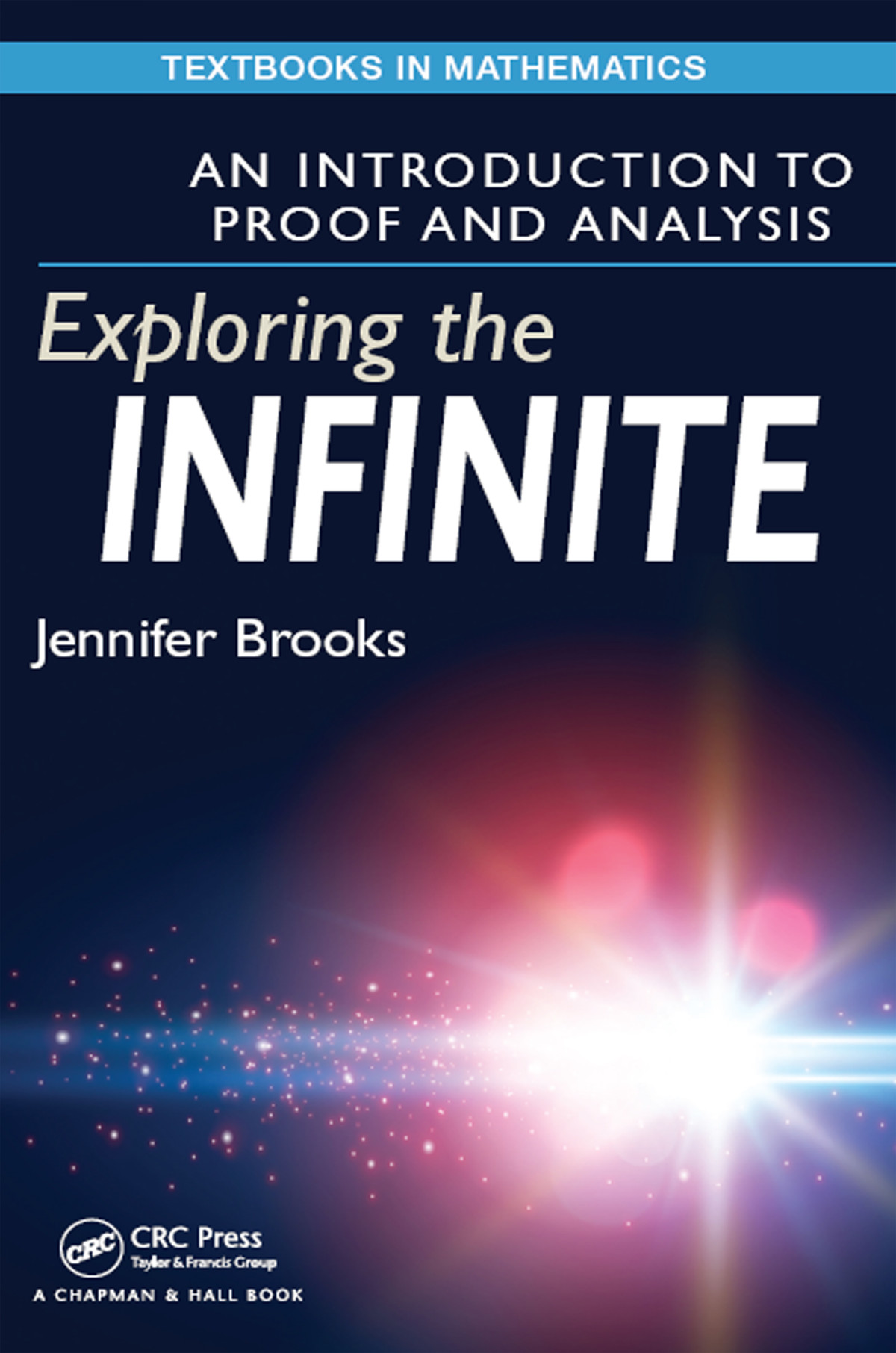

Most ebook files are in PDF format, so you can easily read them using various software such as Foxit Reader or directly on the Google Chrome browser.
Some ebook files are released by publishers in other formats such as .awz, .mobi, .epub, .fb2, etc. You may need to install specific software to read these formats on mobile/PC, such as Calibre.
Please read the tutorial at this link. https://ebooknice.com/page/post?id=faq
We offer FREE conversion to the popular formats you request; however, this may take some time. Therefore, right after payment, please email us, and we will try to provide the service as quickly as possible.
For some exceptional file formats or broken links (if any), please refrain from opening any disputes. Instead, email us first, and we will try to assist within a maximum of 6 hours.
EbookNice Team

Status:
Available4.4
29 reviewsExploring the Infinite addresses the trend toward
a combined transition course and introduction to analysis course. It
guides the reader through the processes of abstraction and log-
ical argumentation, to make the transition from student of mathematics to
practitioner of mathematics.
This requires more than knowledge of the definitions of mathematical structures,
elementary logic, and standard proof techniques. The student focused on only these
will develop little more than the ability to identify a number of proof templates and
to apply them in predictable ways to standard problems.
This book aims to do something more; it aims to help readers learn to explore
mathematical situations, to make conjectures, and only then to apply methods
of proof. Practitioners of mathematics must do all of these things.
The chapters of this text are divided into two parts. Part I serves as an introduction
to proof and abstract mathematics and aims to prepare the reader for advanced
course work in all areas of mathematics. It thus includes all the standard material
from a transition to proof" course.
Part II constitutes an introduction to the basic concepts of analysis, including limits
of sequences of real numbers and of functions, infinite series, the structure of the
real line, and continuous functions.
Features